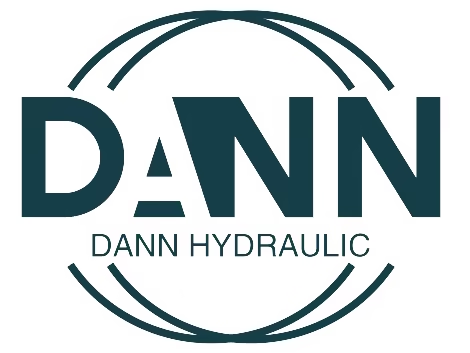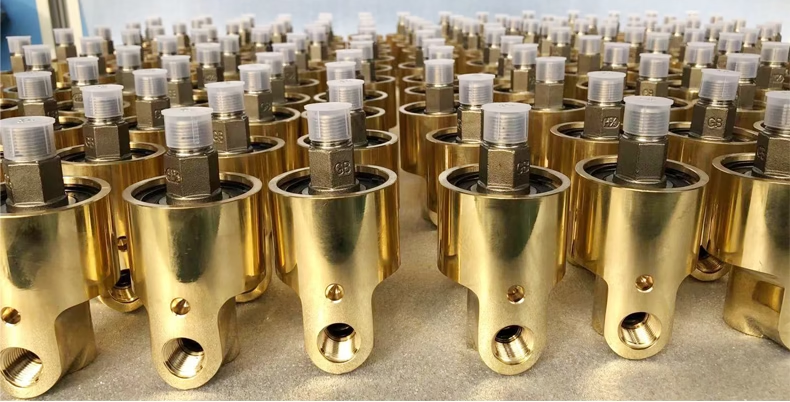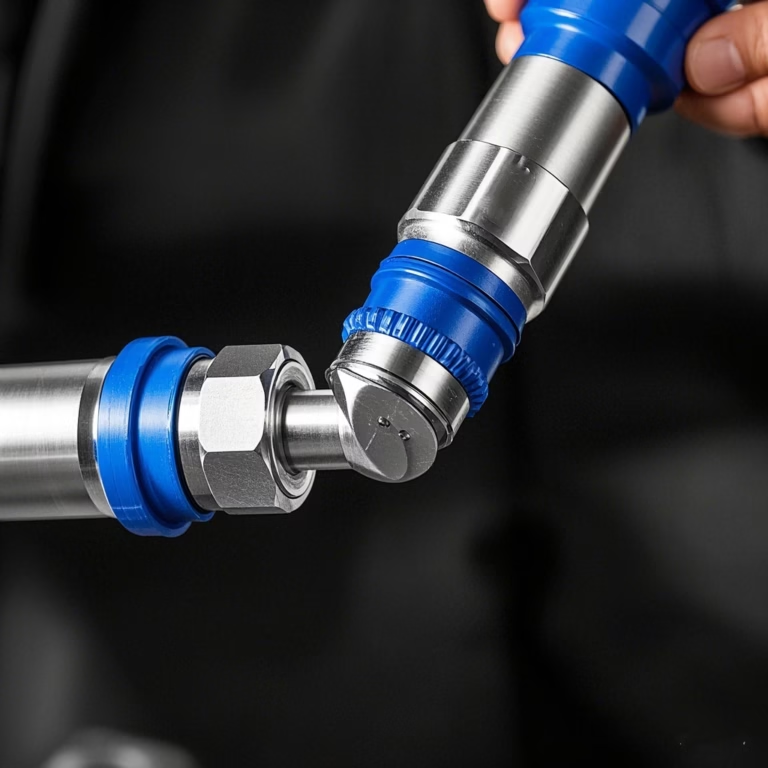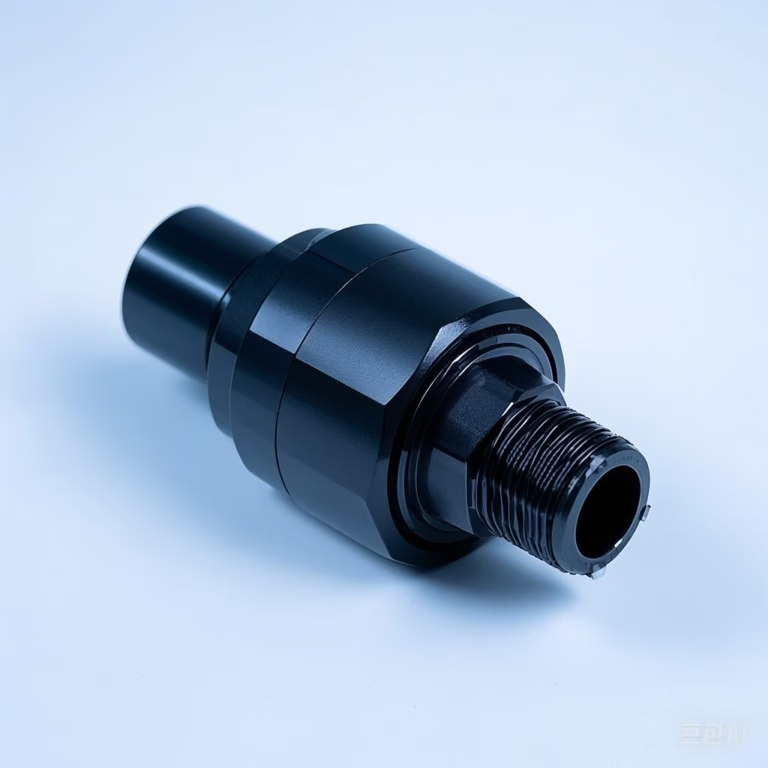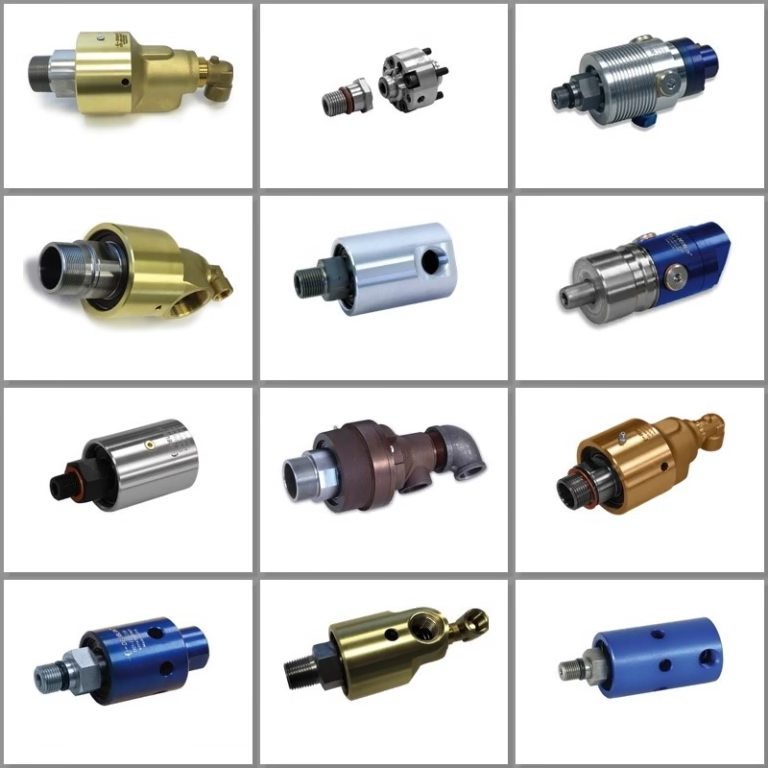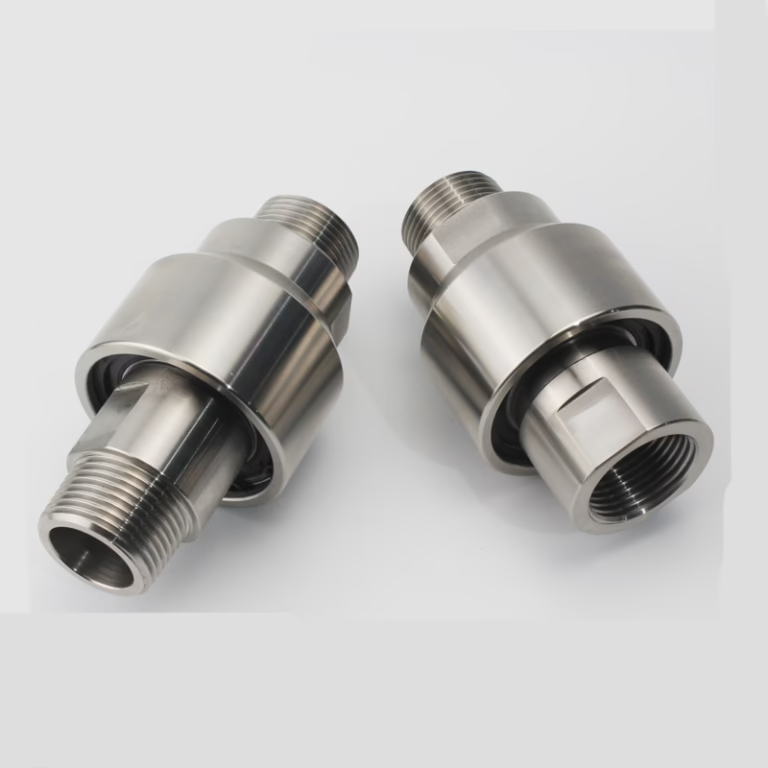What Are Swivel Joints? A Complete Guide for Engineers
Rotary swivels joints are crucial components in fluid and gas transfer systems, particularly in industries such as manufacturing, oil & gas, aerospace, and automotive engineering. These devices allow for rotational movement while maintaining a sealed connection, which is vital in preventing leaks and ensuring system efficiency. Whether you’re an engineer designing a complex hydraulic system, a technician troubleshooting machinery, or a procurement specialist seeking high-quality components, understanding swivel joints is essential.
In this comprehensive guide, we’ll cover the fundamentals of rotary swivels joints, their types, applications, benefits, and best practices for selecting and maintaining them. We’ll also look at long-tail keywords such as “rotary couplings for fluid systems,” “rotary swivels joint maintenance,” and “swivel joint installation guide.”
Definition of rotary swivels
Swivel joints are mechanical devices designed to connect two hoses or pipes while allowing one or both of them to rotate freely without twisting or kinking. These devices are typically used to transfer fluids, gases, or hydraulic pressures between moving parts or equipment. The core advantage of a swivel joint is its ability to maintain a secure, leak-proof connection, even in dynamic environments.
-
Basic Functionality: A rotary swivels consists of two main components: a rotating outer ring (or body) and a stationary inner ring. The inner ring is connected to the hose or pipe, while the outer ring is connected to another system. As the two parts rotate, the swivel joint allows the passage of fluids without putting strain on the hose or tubing, preventing twisting or damage.
-
Common Uses: Swivel joints are widely used in various industries, including hydraulic systems, offshore oil rigs, automotive fuel systems, and heavy machinery. The main function is to ensure flexibility while maintaining a leak-proof seal.
How Rotary Swivels Joints Work: Operating Principles
The operating principle of these joints revolves around their ability to maintain a seal while permitting rotation. This is typically accomplished through a system of bearings, seals, and precisely machined components that work together to create a reliable rotary interface.
At the heart of a rotary swivels joint is a central shaft with holes bored through it, allowing fluid to flow from one connection to another. The swivel connects two components through this central shaft, avoiding a mass of twisted, tangled, or torn parts. As the center shaft moves independently without restricting fluid flow, both upper and lower elements can move in different directions.
Sealing is achieved through various mechanisms, including mechanical seals, o-rings, or specialized packing materials, depending on the application requirements. These seals prevent leakage between the rotating and stationary components while minimizing friction that would otherwise impede rotation or cause premature wear. Swivel joints can require anything from 3 to 10 seals to function correctly, depending on their complexity and application.
In more complex designs, engineers can incorporate multiple passages into a single swivel joint. This allows several independent fluid streams to pass through simultaneously. Multi-passage rotary joints are particularly valuable in applications that require transferring different media. They are also essential when separate supply and return lines need to be accommodated.
Applications of Swivel Joints in Engineering
Swivel joints are indispensable in a wide range of industries, offering flexibility and ensuring a secure, leak-proof connection. Below are some common applications:
Hydraulic Systems
In hydraulic systems, swivel joints connect various hydraulic hoses to pumps and valves, allowing for smooth movement without stressing the hoses. These are essential in construction equipment, industrial machinery, and marine vessels.
Offshore and Oil & Gas
Offshore platforms and oil rigs rely on swivel joints for the transmission of fluids like water, oil, and gas. These joints are crucial in rotating equipment, ensuring safe and reliable fluid transfer despite harsh environmental conditions.
Automotive and Aerospace
In automotive and aerospace applications, swivel joints are used in brake lines, fuel systems, and hydraulic actuators. They enable movement and flexibility while maintaining the integrity of the fluid systems, even under high-pressure conditions.
Food and Pharmaceutical
In the food and pharmaceutical industries, sanitary swivel joints are used to transfer liquids without contamination. They are designed for easy cleaning and are often used in processing lines, where hygiene is a top priority.
Marine and Fishing Industry
In the marine industry, swivel joints are crucial for fluid transfer in boats, yachts, and submarines. They are also used in fishing equipment, allowing hoses to remain flexible while ensuring a secure connection.
Maintenance and Troubleshooting of Swivel Joints
Regular maintenance ensures the long-term performance of swivel joints. Here are a few best practices:
-
Inspection: Regularly inspect swivel joints for signs of wear, corrosion, or leaks. Visual checks should be part of routine maintenance schedules.
-
Lubrication: Lubricate the seals and bearings of the swivel joints to reduce friction and prevent wear.
-
Replacement: Replace worn-out seals or joints promptly to avoid system failure.
-
Troubleshooting Common Issues: If you notice leaks or reduced performance, inspect the seals, alignment, and the pressure rating of the swivel joints. Leaks often indicate a need for seal replacement.
Choosing the Right Swivel Joint
Selecting the right swivel joint is crucial for ensuring the longevity and efficiency of a system. Here are the key factors to consider:
-
Pressure and Flow Rate: Swivel joints are rated for specific pressure levels and flow rates. Ensure the selected joint can handle the pressures and volumes of your system without failure.
-
Material Compatibility: Choose materials that are compatible with the fluid being transferred. For example, stainless steel is often used for corrosive fluids, while brass might be suitable for low-pressure applications.
-
Size and Connection Type: Ensure the swivel joint matches the size and thread type of your hoses or pipes. A mismatch can lead to leaks or system failure.
-
Environmental Factors: Consider temperature extremes, humidity, and exposure to chemicals when choosing a swivel joint. Some joints are designed for high-temperature applications, while others are more suitable for cold environments.
-
Maintenance Requirements: Some swivel joints require regular lubrication and maintenance, while others are low-maintenance and designed for longer service life.
Conclusion
Swivel joints play a critical role in ensuring efficient, flexible, and leak-proof fluid transfer in a wide range of applications. Engineers, technicians, and procurement professionals must choose the right swivel joint based on pressure, material compatibility, and environmental factors. Regular maintenance, proper installation, and an understanding of different types of swivel joints will help maximize system performance and minimize downtime.
By understanding the key components, benefits, and applications of swivel joints, engineers can optimize their systems for better performance, safety, and reliability. For procurement professionals, investing in high-quality swivel joints from reputable manufacturers will ensure that their systems perform optimally over time.
